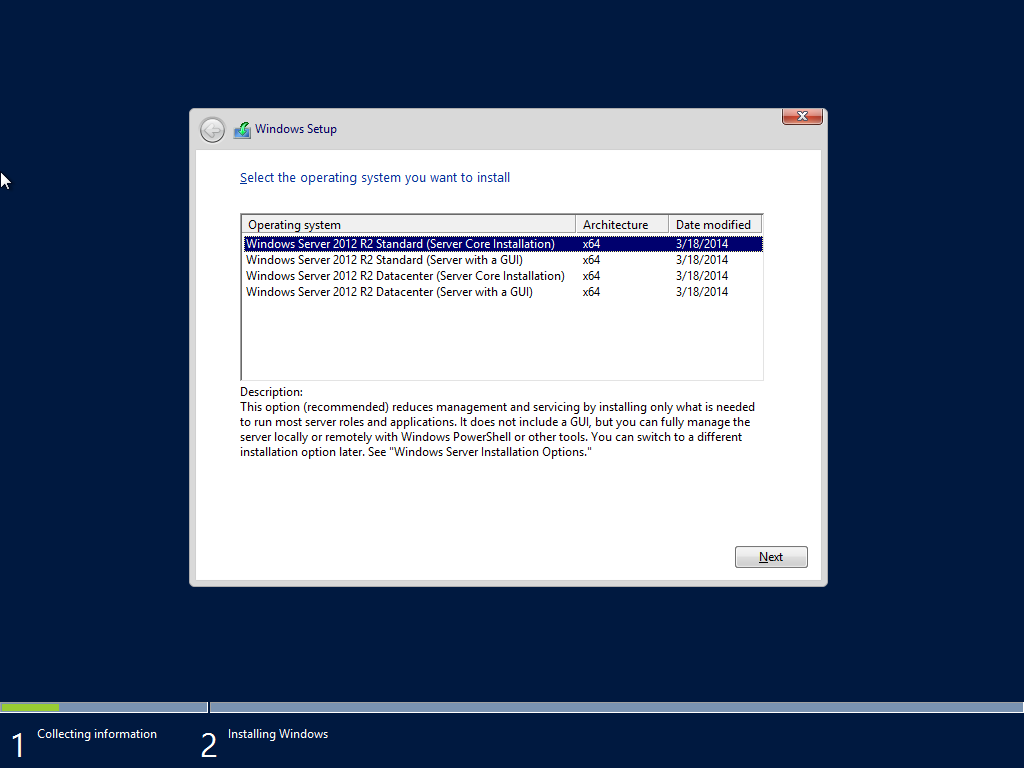

You can also add this role via PowerShell.

This feature is located in the Remote Server Administration Tools section shown in Figure A below.įigure A Adding the Hyper-V administrative components. To administer it, we’ll need the feature. The important thing to consider is to not add the Hyper-V role to all Windows Server 2012 systems, but instead add only the Hyper-V Manager tool to the systems which you want to administer Hyper-V. While you may administer Hyper-V on the actual server running Windows Server 2012 with the Hyper-V role, you also can remotely run Hyper-V administrator on a Windows Server 2012 system (you also can do this on Windows 8 as well). This includes basic points such as powering on a virtual machine, taking a snapshot of the virtual machine, and opening its console, as well as creating virtual machines. This is the central spot to do administrative tasks on virtual machines in Hyper-V. If you have gone the Hyper-V route in any capacity, you’ve likely become familiar with the Hyper-V Manager administrative console. Rickatron shows a quick and easy step to manage Hyper-V from anywhere. Adding Hyper-V Manager to Windows Server 2012Įvaluating Hyper-V is a critical to-do for virtualization administrators today.


 0 kommentar(er)
0 kommentar(er)
